In recent years, there has been a growing trend towards sustainable living and self-sufficiency. People are increasingly looking for innovative ways to maximise limited space while incorporating eco-friendly practices. One such solution that has gained popularity is the combination of a chicken coop and greenhouse. This unique pairing offers a range of benefits, from mutual heating to efficient space utilization.
In this blog post, we will explore the advantages of combining a chicken coop and greenhouse, considerations in their design, how a chicken coop contributes to the greenhouse function, and best practices for integrating the two structures.
The Benefits of Combining a Chicken Coop and Greenhouse
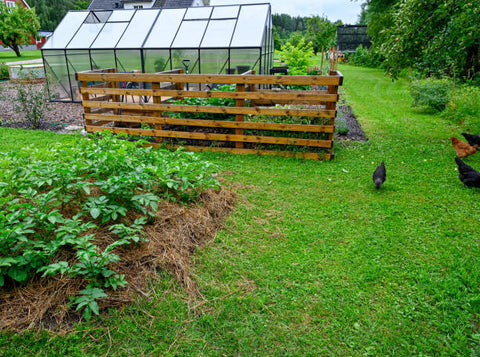
The combination of a chicken coop and greenhouse offers many advantages that benefit both the environment and the homestead. Let's delve into some of these benefits:
1. Mutual Heating
Chickens naturally generate body heat, and their presence in the greenhouse can help to keep the temperature warm during cooler months. In return, the greenhouse provides heat to keep the chickens comfortable during colder seasons. This mutual heating mechanism ensures a suitable environment for both the plants and the poultry.
2. Pest Control
Chickens are excellent natural pest control agents. They have a knack for hunting and eating insects and pests that could potentially harm the plants in the greenhouse. By integrating a chicken coop into the greenhouse, you can significantly reduce the need for chemical pesticides, creating a healthier environment for the plants.
3. Nutrient-Rich Fertilizer
Chicken manure is a valuable organic fertilizer that is nutrient-rich and beneficial for plant growth. The proximity of the chicken coop to the greenhouse allows for easy collection and direct application of the manure to the plants. This not only enriches the soil but also promotes healthy and robust plant development.
4. Efficient Space Utilization
Combining a chicken coop and greenhouse maximizes the use of limited space. Instead of having separate structures for raising chickens and cultivating plants, you can have both in a single area. This efficient use of space allows for the production of fresh eggs and organic vegetables, making the most of available land.
5. Closed Nutrient Cycle
The combination of a chicken coop and greenhouse creates a closed nutrient cycle. Waste from the chickens serves as a valuable source of fertilizer for the plants. In return, the plants produce oxygen and absorb carbon dioxide for the chickens. This closed-loop system promotes sustainability, reduces the need for external inputs, and minimizes waste.
6. Simplicity in Management
By integrating the chicken coop and greenhouse, the management of both systems becomes more convenient. Tasks such as feeding chickens, collecting eggs, and tending to plants can all be done in one location. This integrated approach saves time, effort, and resources, making it easier to maintain and care for both the chickens and the plants.
7. Increased Self-Sufficiency
Having a combined chicken coop and greenhouse allows for increased self-sufficiency in food production. Fresh eggs and vegetables can be harvested directly from your backyard, reducing dependence on store-bought produce. This not only promotes a healthier and more sustainable lifestyle but also provides a sense of satisfaction and fulfilment.
Considerations When Designing a Chicken Coop and Greenhouse Together
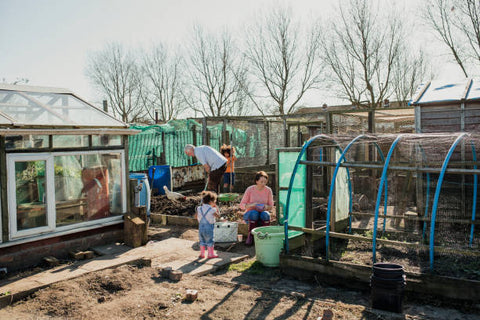
Designing a chicken coop and greenhouse together requires careful consideration of various factors. Here are some key considerations to keep in mind:
1. Location
Choose a suitable location that provides adequate sunlight exposure for the greenhouse and ensures the comfort and safety of the chickens. Factors such as wind direction, accessibility to water sources, and proximity to other structures should also be taken into account.
2. Space Planning
Determine the size of the chicken coop and greenhouse based on your requirements. Ensure there is enough space for the chickens to roam and access fresh air and sunlight. Consider the space needed for plant beds, irrigation systems, and storage areas in the greenhouse.
3. Climate Control
Chickens require specific temperature ranges, so incorporate climate control measures in the greenhouse. This may include ventilation systems, insulation, and shading devices to regulate temperature and humidity.
4. Integration of Systems
Look for opportunities to integrate systems to benefit both the chickens and plants. Utilize chicken manure as fertilizer for the plants or capture rainwater for irrigation in the greenhouse. These integrated practices foster a mutually beneficial relationship.
5. Safety and Security
Ensure that the chicken coop is secure to protect the chickens from predators. Use fencing, secure doors, and adequate lighting as necessary. Similarly, construct a strong and durable greenhouse structure that can withstand environmental factors.
6. Ventilation and Air Quality
Proper ventilation is essential for both the chicken coop and greenhouse. Adequate airflow helps prevent the buildup of ammonia from chicken waste and maintains a healthy environment for plants. Consider the design and placement of windows, vents, and fans to ensure optimal air circulation.
7. Accessibility
Design the layout of the chicken coop and greenhouse in a way that allows easy access for feeding, cleaning, and maintenance. Pathways, door placements, and storage areas for tools and supplies should be considered to streamline daily operations.
8. Lighting
Provide adequate lighting for the chicken coop to ensure the well-being of the chickens. In the greenhouse, consider using natural sunlight or artificial lighting systems to support plant growth.
9. Noise and Odor Control
Take measures to control noise and manage odors resulting from the chicken coop. This is important for the comfort of both the chickens and the greenhouse occupants.
10. Regulatory Compliance
Check local regulations and zoning requirements regarding the construction and operation of chicken coops and greenhouses. Ensure compliance with building codes, permits, and any applicable health or safety regulations.
By carefully considering these factors, you can design a functional and efficient space that combines the benefits of a chicken coop and greenhouse.
Conclusion
The combination of a chicken coop and greenhouse offers a range of benefits, from mutual heating and pest control to efficient space utilization and increased self-sufficiency. By designing and integrating these two structures with careful consideration of location, space planning, climate control, and other factors, you can create a harmonious and productive environment for both plants and animals.
Embracing this symbiotic relationship not only promotes sustainable practices but also provides a rewarding and fulfilling experience for any homesteader or urban gardener. So why not explore the possibilities of combining a chicken coop and greenhouse and enjoy the multitude of benefits they can offer?
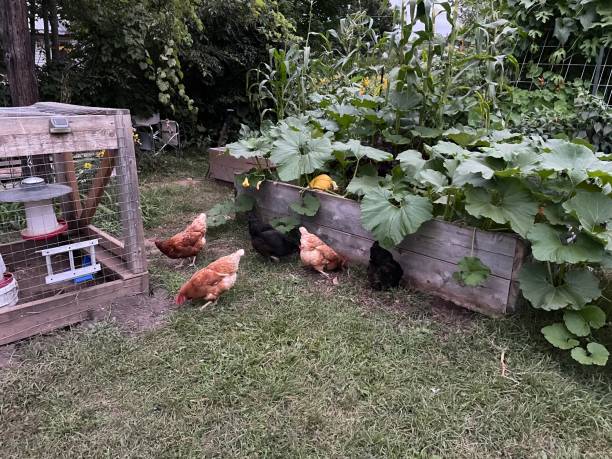
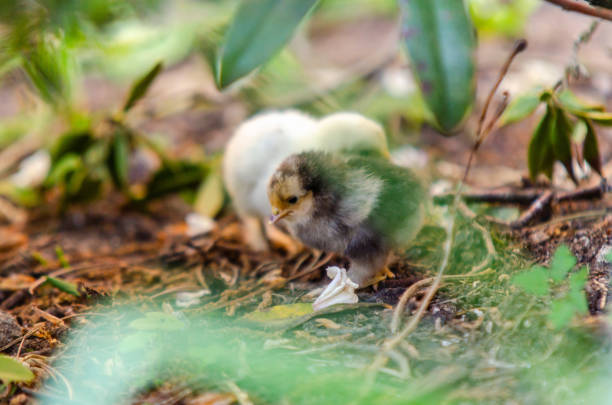
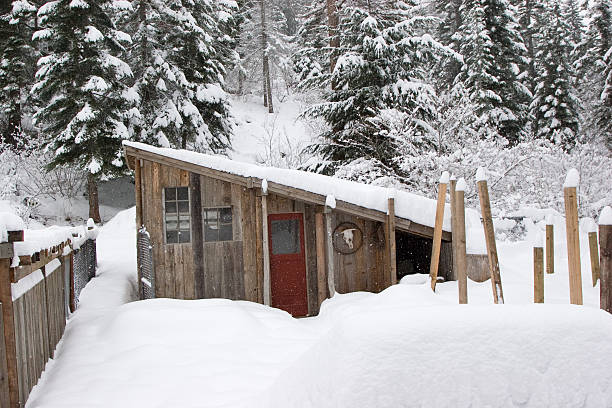
Dejar un comentario
Todos los comentarios se revisan antes de su publicación.
Este sitio está protegido por hCaptcha y se aplican la Política de privacidad de hCaptcha y los Términos del servicio.